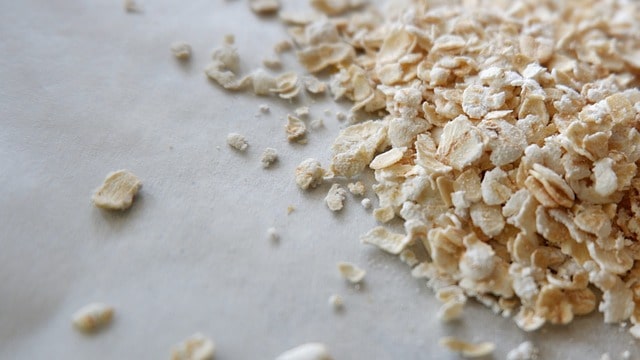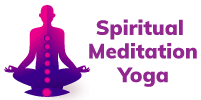
Can chickens eat uncooked oatmeal?
Can Chickens Eat Uncooked Oatmeal?
Chickens are not just farm animals but also pets that require proper nutrition to stay healthy and happy. One common question many chicken enthusiasts ask is whether chickens can eat uncooked oatmeal or not. In this article, we guide you through the benefits and precautions of feeding your chickens uncooked oatmeal, helping you make informed decisions that contribute to their well-being.
Understanding Chicken Diet Basics
Before we dive into the specifics of feeding uncooked oatmeal to chickens, let’s take a quick look at what constitutes a balanced diet for our feathered friends.
The Essentials of Chicken Nutrition
Chickens, like all animals, require a balanced diet to thrive. The core components of a chicken’s diet should include:
- Protein for growth and egg production
- Carbohydrates for energy
- Fats for energy and nutrient absorption
- Vitamins and minerals for physiological functioning
Commercial feeds are formulated to meet all these dietary needs. However, many chicken keepers enjoy supplementing their chickens’ diet with kitchen scraps and other treats, which is where uncooked oatmeal may come in.
Can Chickens Eat Uncooked Oatmeal?
To answer the question in short: Yes, chickens can eat uncooked oatmeal. Oatmeal can be a nutritious addition to their diet, providing various health benefits. However, it should not replace a balanced poultry feed which is specifically designed for chickens.
Benefits of Uncooked Oatmeal for Chickens
Uncooked oatmeal is packed with nutrients that can be beneficial for chickens:
Whole Grains: Uncooked oatmeal is a whole grain that provides slow-releasing carbohydrates, allowing chickens to have energy throughout the day without causing spikes in blood sugar.
Proteins: Oatmeal contains proteins, which are essential for the growth, repair, and maintenance of body tissues, and particularly important for chicks and laying hens.
Fiber: The fiber in oatmeal helps with the chickens’ digestion, ensuring nutrients are absorbed and waste is excreted efficiently.
Vitamins and Minerals: It is also a good source of important vitamins and minerals like Vitamin B, iron, magnesium, and selenium, complementing their commercial feed.
How Much Uncooked Oatmeal to Feed
Even though uncooked oatmeal can be beneficial, it should be given in moderation:
- Considered as a treat, oatmeal should not make up more than 10% of your chickens’ diet. Measure out no more than this recommended portion to avoid dietary imbalances.
- Uncooked oatmeal treats can be given a few times a week as part of a varied diet.
Risks and Precautions
Despite the benefits, there are some risks and precautions to consider when feeding uncooked oatmeal to chickens.
Potential Risks
Weight Gain: Treats like oatmeal can lead to obesity in chickens if fed in large quantities, reducing their laying capability and increasing the risk of health issues.
Digestive Issues: Although oatmeal is fairly digestible for chickens, uncooked oat can expand in their digestive system, creating potential blockages if overfed.
Nutrient Imbalance: Because uncooked oatmeal can’t provide all the nutritional needs by itself, relying too heavily on this treat could lead to nutrient deficiencies.
Precautions When Feeding Uncooked Oatmeal
Portion Control: Always maintain strict portion control to avoid overindulgence.
Fresh Water: Provide plenty of fresh water as oatmeal can be absorptive and may lead to dehydration.
Variety: Mix oatmeal with other treats and feedstuffs to ensure a varied diet containing different nutrients.
Different Ways to Serve Uncooked Oatmeal to Chickens
Offering a variety in their diet keeps chickens excited about their feed and can stimulate their natural foraging behavior.
Uncooked oatmeal Serving Methods
Straight up: You can sprinkle uncooked oatmeal straight into their feed or scatter it on their bedding for them to peck at leisurely.
Mixed in: You may also choose to mix uncooked oatmeal with other foods they enjoy, such as vegetables or their regular feed, to create a diverse and appetizing meal.
Fermented Grains: Make a habit of fermenting oats with other grains. This can potentially unlock more nutrients and make them even easier to digest.
Final Thoughts
Feeding chickens uncooked oatmeal can be a beneficial addition to their diet when done sparingly and correctly. Remember that multiple factors need to be considered such as the bird’s age, their main diet, treats variety, and overall health.
As backyard poultry farming becomes more popular, understanding the nutritional needs of chickens is key to ensuring they lead healthy and productive lives.ür eventType`s are small, secretive birds that often frequent marshes and dense reed-beds, distinguished by their long bill and skulking behavior. They feed mostly on insects and aquatic invertebrates, picking food from the ground or water surface, and typically avoid open spaces to shield themselves from predators. Their plumage often matches the marsh vegetation, giving them excellent camouflage. They nest on the ground, mainly in Europe and Asia, migrating to warmer regions during the winter.





